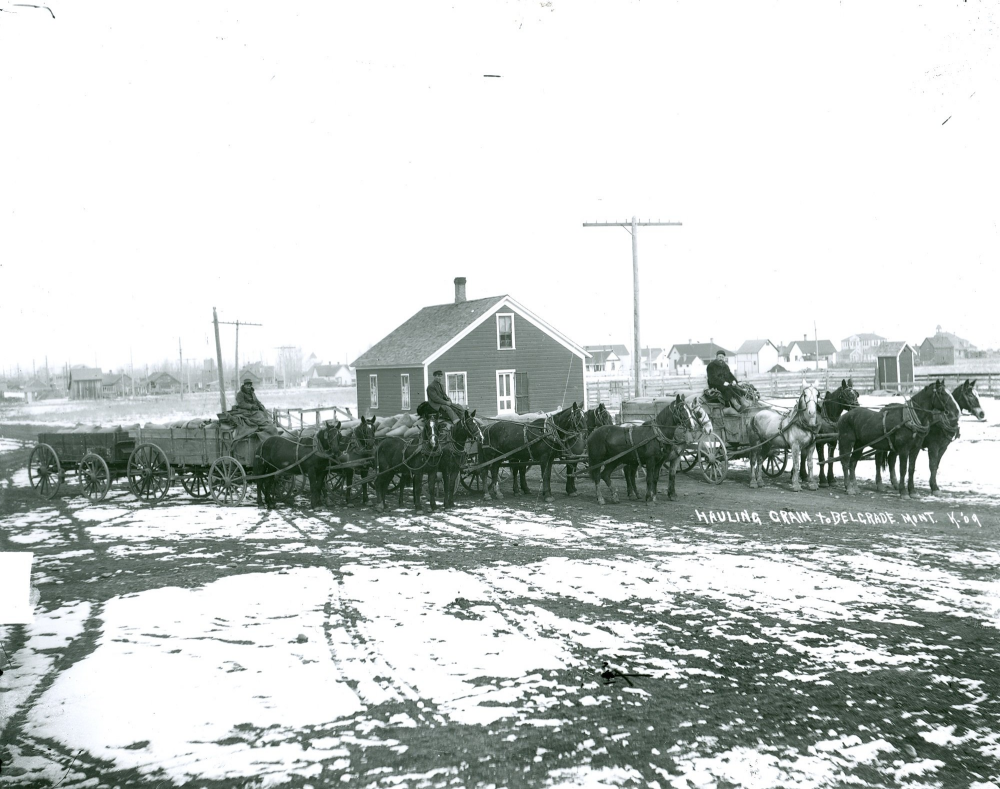The History of Bozeman
Bozeman, Montana, has a rich history shaped by its geographic location, natural resources, and the people who settled the area. Here’s a look at its historical journey:
Early History
Indigenous Peoples: Before European settlers arrived, the area was home to Native American tribes, including the Crow (Apsáalooke) and Blackfeet (Niitsitapi) nations. These tribes used the fertile Gallatin Valley as a hunting ground and for seasonal encampments.
Lewis and Clark Expedition (1805–1806): The Lewis and Clark Expedition passed through the region, recognizing its abundant natural resources and potential as a transportation route.
Founding of Bozeman
John M. Bozeman (1864): Bozeman is named after John M. Bozeman, a pioneer and entrepreneur who helped establish the Bozeman Trail, a northern route connecting the Oregon Trail to the gold fields of Montana. Although the trail was widely used by settlers, it was met with resistance from Native tribes, leading to conflicts.
Settlement and Growth: Bozeman was officially established in the 1860s as settlers were drawn by the fertile land in the Gallatin Valley, ideal for agriculture, and the opportunities brought by nearby gold discoveries.
The Railroad and Expansion
Northern Pacific Railroad (1883): The arrival of the railroad was a turning point for Bozeman, linking the town to national markets and boosting its growth. It became a vital hub for trade and transportation.
Montana State University (1893): The establishment of Montana State University in Bozeman (then known as the Agricultural College of the State of Montana) further solidified the town's role as a center for education and research.
20th and 21st Centuries
Agriculture and Industry: Throughout the 20th century, Bozeman thrived as an agricultural hub, benefiting from the Gallatin Valley's fertile soil. Logging and ranching also played significant roles in the local economy.
Outdoor Recreation and Tourism: By the mid-1900s, Bozeman became a gateway to Yellowstone National Park and a hub for outdoor enthusiasts drawn to its proximity to skiing, hiking, and fishing.
Population Boom: In recent decades, Bozeman has experienced significant growth due to its reputation for quality of life, thriving tech industry, and access to natural beauty. It's consistently ranked as one of the best places to live in the U.S.
Cultural and Historical Legacy
Today, Bozeman blends its rich history with modern innovation. Historical landmarks, such as the Museum of the Rockies, highlight its heritage, while its vibrant downtown reflects its evolving identity. Bozeman's story is one of resilience, adaptation, and a deep connection to the land and community.




